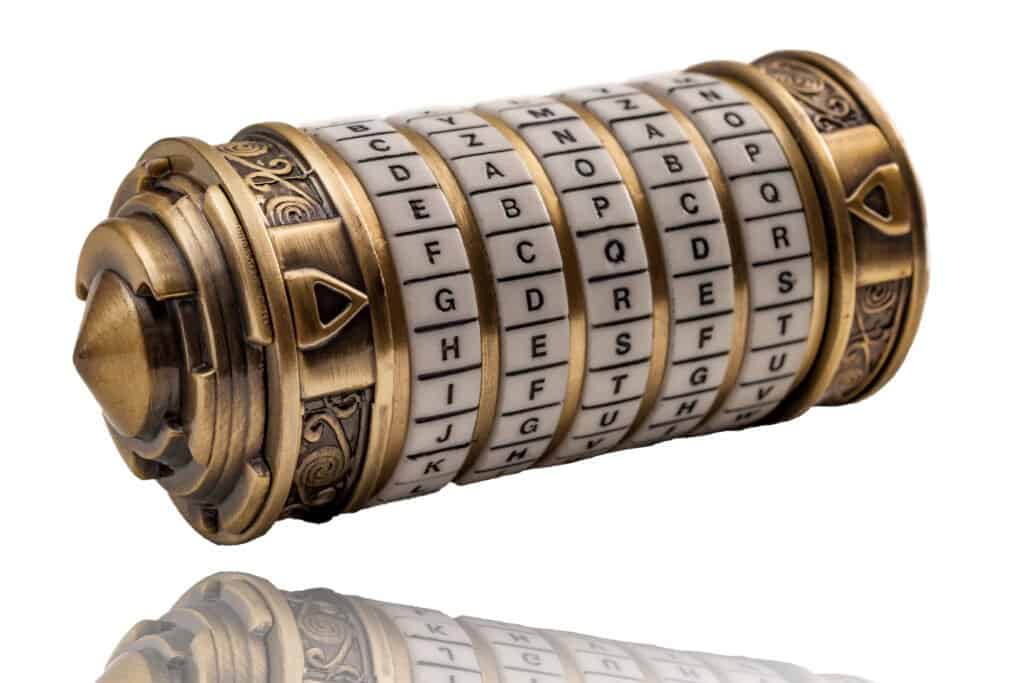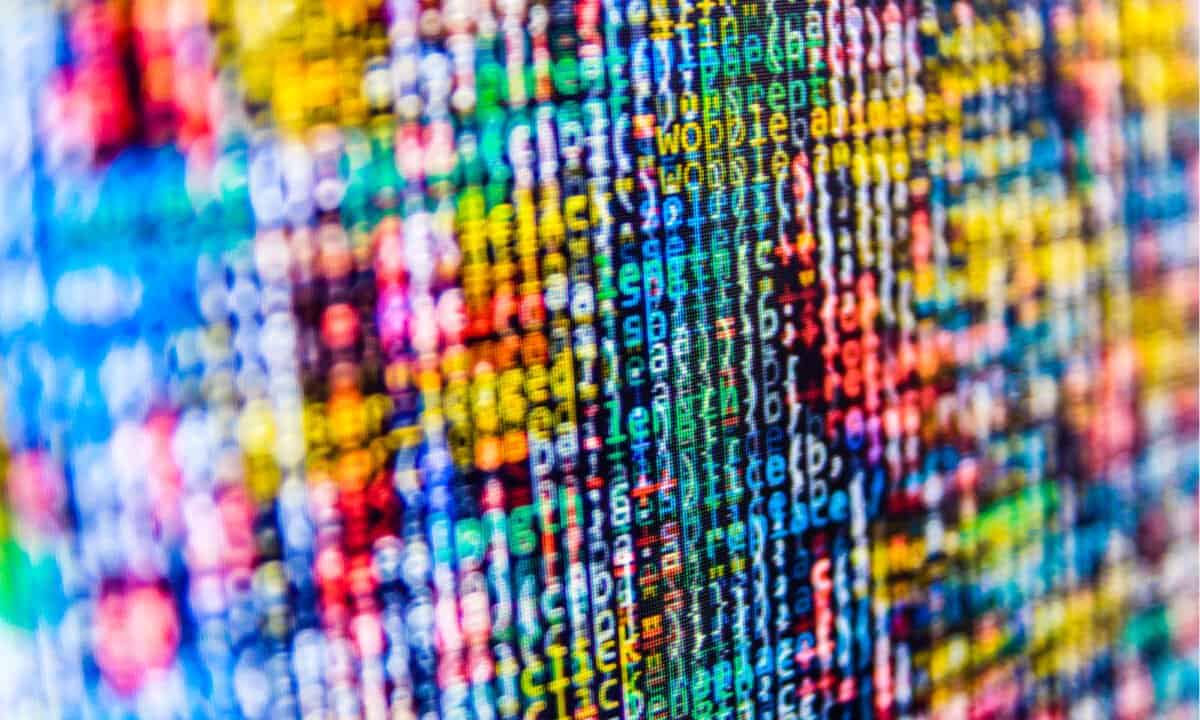Cryptography is the method in which communications can be made in a secure, secretive way. It is an art that dates back military and has often been used in military or business applications. Until the 20th century, it involved written communications only, with communication occurring on written paper. As communication methods evolved, the art changed as well, evolving into audio and electronic forms of communication.
Cryptography would typically involve communication that would appear unintelligible to the naked eye, such as a string of seemingly random letters or numbers that could not be understood with a normal look. However, the code could be cracked via the use of a cipher. A cipher is defined as an algorithm – or code – that can be used to encrypt and then decrypt a code. This cipher could be used to turn a coded communication into some sort of understandable text, and this formed the core of cryptography.
Of course, if cryptography is needed, then that means that someone is trying to break the code and gain access to secretive communications. History is replete with examples of opposing military forces using cryptography to crack the communication of an opposing army or empire in an effort to gain access to their communications.
Perhaps the most famous example is during World War II when American codebreakers were able to crack the Nazi’s “Enigma” cipher. This information was used to pass military intelligence to allies until the outbreak of World War II in 1941 when the United States military began to use the information more directly. This effort was eventually expanded to the Japanese empire.
Changing methods of communication and technology have resulted in expanded efforts to encrypt and decrypt communications and digital assets. Today, cryptography applies to electronic communication in the form of encrypting information as binary bit sequences. Computer algorithms are utilized in order to code data, with secure programs held by the receiver being utilized to decrypt and use the data. While cryptanalysis can be used to break these codes, cryptanalysis is not foolproof, and modern cryptography is often extremely difficult to crack.

This message and keyword puzzle concept with a metal combination cryptex is an example of how cryptography was executed.
©iStock.com/Moussa81
The formation of cryptography: Where it all began
Cryptography dates back to at least 1900 BC: A series of more ornate hieroglyphics were found in the tomb of Khnumhotep II. These hieroglyphics implied that there was additional meaning to the symbols that would not be understood without an advanced understanding of the language, thus marking the first recorded use of cryptography.
The first military application of cryptography was discovered in 100 BC when Julius Ceasar used the first substitution cipher. Messages would be sent to military generals and commanders in scrambled letters. These military leaders, who possessed the key, would substitute one letter for another, allowing for the message to be decoded and understood. This also gave rise to the first efforts of decryption, which are relatively easy with straight substitution ciphers, as the code can be broken based on the frequency of letter use.

cryptography
©BEST-BACKGROUNDS/Shutterstock.com
More advanced keys began to develop in the 16th century when encryption keys began to be used by adding letters to keys that were actually embedded within the message. Possession of an original cipher was still required, but these techniques made messages much more secure.
How cryptography works: The mechanics
In ancient times, cryptography would work relatively simply. A coded message would be sent, often between an Emperor and his or her military leaders. This message would appear as scrambled numbers or letters that would make absolutely no sense to anyone who happened to intercept the communication. However, at the other end of the communication, the recipient would have the cipher that could be used to decipher the communication.
For example: Information would be sent in which each letter would be three letters away from the actual text. Applying this cipher would allow for the message to be decoded. This is a relatively simple version: More advanced ciphers would change based on the letter written and may involve extensive use of data.
As modern means of communications evolved, so did the ciphers that were used. Electronic and audio communications would send messages in code and require that individuals receiving those messages have the appropriate changing ciphers to decode the message.
Today, advances in quantum computing have made cryptography even more secure. With quantum computing, one piece of data can be decoded into multiple states, meaning that a single piece of data can have multiple meanings. Unless someone has the appropriate hash to decode the message and make sense of the “qubit,” this makes secure communications extremely safe. Continued advances in quantum computing likely have the potential to make these communications even safer.